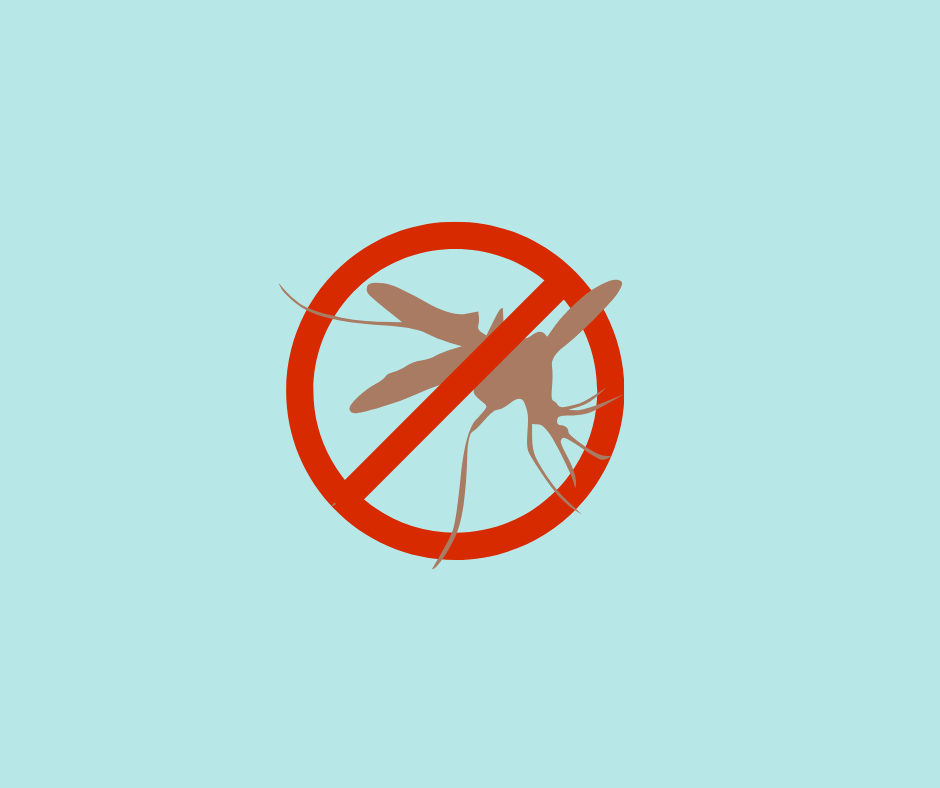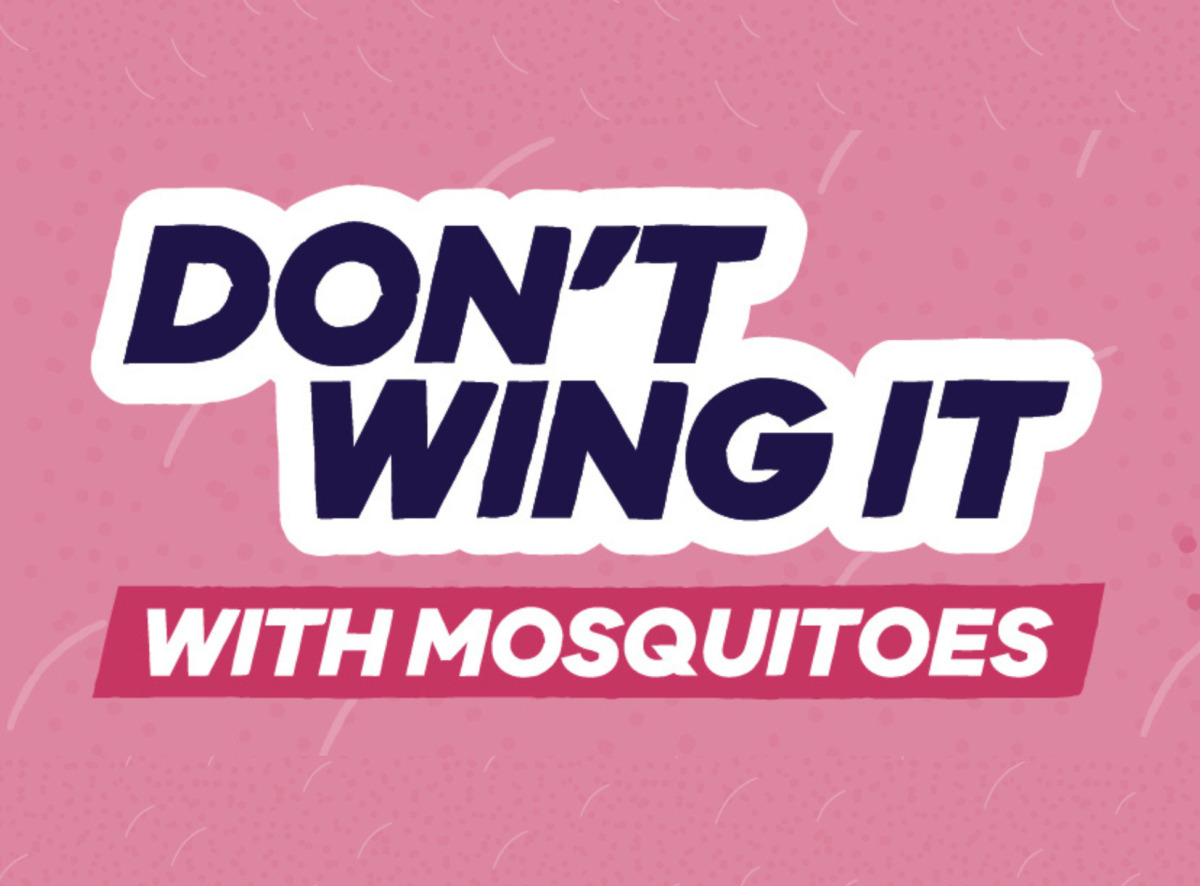

Mosquito-borne diseases
Buruli ulcer information and resources for clinicians
Local outbreak of Buruli ulcer
Cases of Buruli ulcer have increased significantly in Victoria in recent years. The disease is spreading into new geographical areas and WPHU have identified a significant, localised outbreak of Buruli ulcer in six suburbs in the WPHU catchment. These are:
- Brunswick West
- Coburg
- Essendon
- Moonee Ponds
- Pascoe Vale South
- Strathmore
Buruli ulcer is an infection of skin and soft tissue caused by the bacterium Mycobacterium ulcerans. The toxins made by the bacteria destroy skin cells, small blood vessels and the fat under the skin. Ulcers appear as the infection spreads in the fat layer beneath the skin. The damage caused can be serious and extensive if diagnosis is delayed.
Local research has confirmed that Buruli ulcer is transmitted from possums to people via mosquitoes. The type of mosquitoes that are a pest in backyards – especially the common container breeding mosquito Aedes notoscriptus – are the main risk. Reducing mosquitoes on your own property will reduce your risk of infection.
The median incubation period is 4-5 months with a range of 1-10 months, people from these suburbs who were exposed in the early months of 2023 are currently presenting to GPs in the local area.
Generally, 80-90% of cases have an ulcer, while some others have relatively slowly progressing cellulitis that does not respond to standard treatment. If you see a patient from one of the above suburbs with an ulcer or skin infection, consider Buruli ulcer as a diagnosis.
Testing
- Test ulcers for M. ulcerans by taking a swab from the undermined inside of the edge of an ulcer, ensuring you can see biological material on the swab. It is important to specifically request M. ulcerans smear, culture and PCR as laboratories will not routinely do these tests.
- If there is a plaque with no ulcer, a punch biopsy that samples the subcutaneous layer will be required.
Treatment
Treatment is generally with rifampicin and clarithromycin for 8 weeks. Local ID specialists and hospital clinics are happy to support GPs treat patients or to initially manage patients as they are commenced on antibiotics. Dressings may be required for weeks after antibiotics are competed. Surgery is reserved for specific situations and is not usually required.
Notification
Mycobacterium ulcerans infection is a notifiable disease in Victoria under the Public Health and Wellbeing Act 2008. Clinicians must notify all confirmed cases, which can be done by completing the online notification form.
Resources
- See this useful summary for further information about identification, testing and treatment of Buruli ulcer.
Professor Paul Johnson is an Infectious Diseases Physician who for 30 years has led or co-led Buruli research teams in Victoria. Paul has extensive clinical experience with Buruli ulcer and developed the first Australian Buruli Consensus treatment guidelines in 2007 which have since been updated. Paul has also been a member of the WHO Technical Advisory Group on Buruli ulcer since 1998. Professor Paul Johnson’s website can be accessed here.



